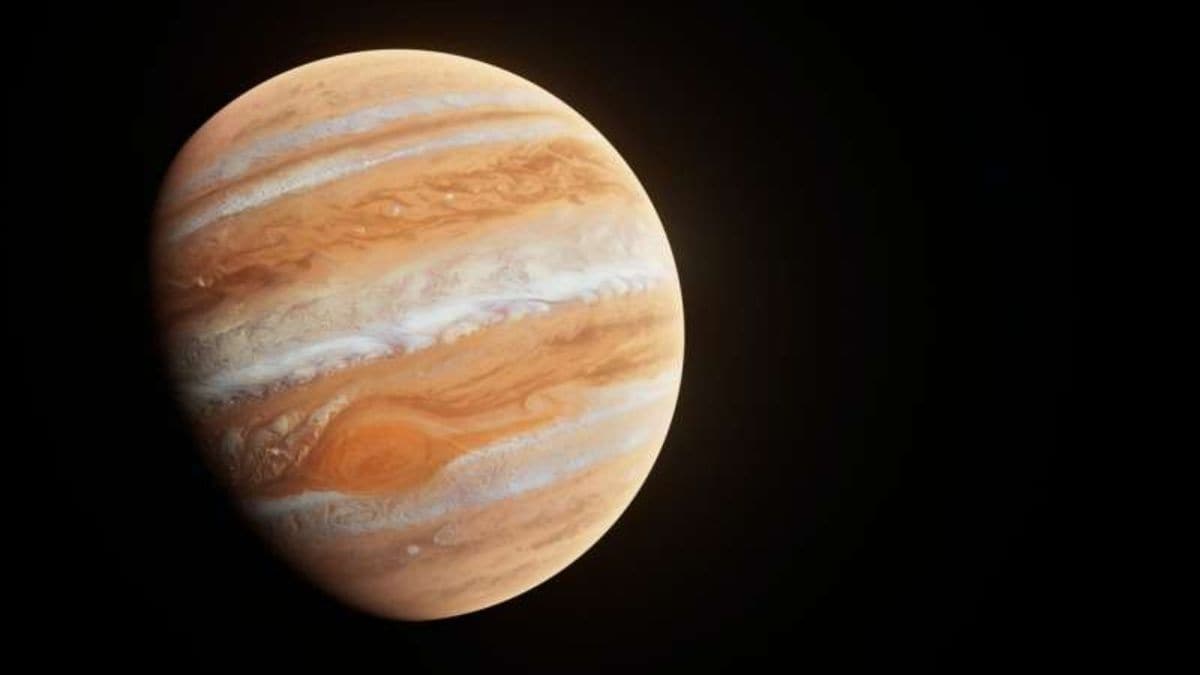A research team at the University of Minnesota Twin Cities has identified the first new type of plasma wave in Jupiter's aurora, a finding that broadens our understanding of planetary magnetic environments. The discovery, based on data from NASA's Juno spacecraft, not only enhances knowledge of Jupiter's polar activity but also offers insights into “alien aurora” on other planets. The researchers think such discoveries go some way to explaining how magnetic fields shield atmospheres from being strafed by destructive solar particles, with Earth's auroras providing a natural counterpart for Jupiter's more complex system.
Juno Mission Uncovers Unprecedented Plasma Wave in Jupiter's Invisible Auroras
According to a report published in Physical Review Letters, the crack came after Juno flew close to Jupiter's north pole on a low orbit, the closest a spacecraft has come to the polar region of the gas giant, and scientists for the first time were able to look at conditions on polar plasmas. Infrared auroral images have been taken with telescopes such as the James Webb Space Telescope, but Juno's polar orbit has allowed the spacecraft to get closer than ever to the planet and pick up previously unobtainable data on the plasma.
Plasma, the super-hot state of matter composed of ions and electrons, pervades the space around magnetised planets. These charged particles move faster into the atmosphere, driving gas lights up as auroras. On Earth, these are visible in green and blue; Jupiter's aurora remains invisible to the naked eye, else it requires ultraviolet and infrared instruments to observe.
The analysis showed Jupiter's polar plasma is unusually sparse, and when combined with the planet's immense magnetic field, it produces plasma waves with extremely low frequencies—unlike anything observed on Earth. Although plasma can behave like a fluid, it is also highly responsive to magnetic fields, which can facilitate these types of complex wave interactions, said Robert Lysak, an expert in plasma dynamics at the University of Minnesota.
Instead, findings from University of Iowa and Southwest Research Institute researchers suggest the charged particles in Jupiter's polar cap are kicked into the region by the planet's own rotating magnetic field.

Comments
Post a Comment